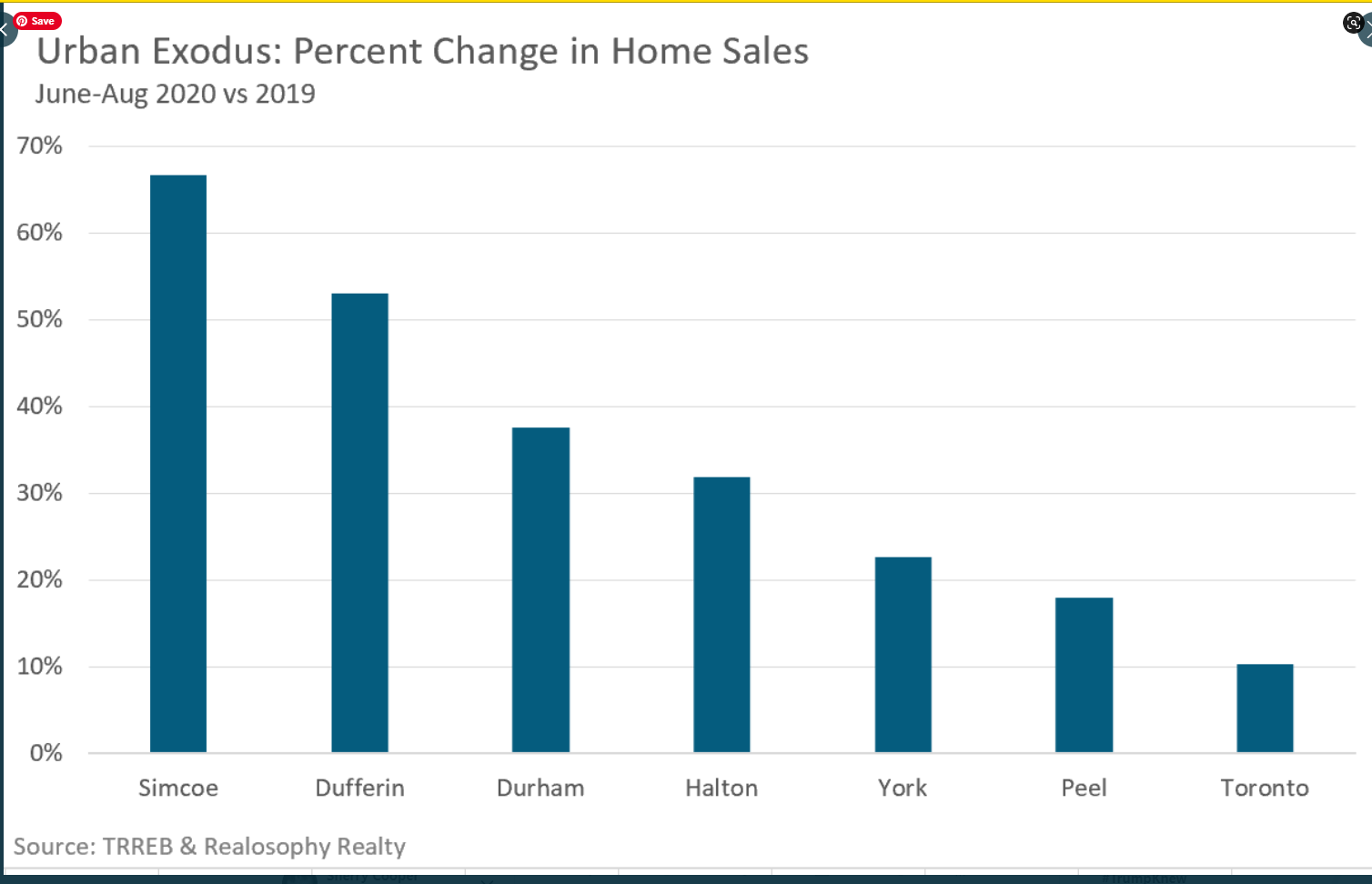Bank of Canada Holds Rate At 25 bps
Bank of Canada Relies on Quantitative Easing

Bottom Line
The Bank also suggested that "as the economy moves from reopening to recuperation, it will continue to require extraordinary monetary policy support. The Governing Council will hold the policy interest rate at the effective lower bound until economic slack is absorbed so that the 2% inflation target is sustainably achieved. To reinforce this commitment and keep interest rates low across the yield curve, the Bank is continuing its large-scale asset purchase program at the current pace. This QE program will continue until the recovery is well underway and will be calibrated to provide the monetary policy stimulus needed to support the recovery and achieve the inflation objective."
The next policy meeting will be held on October 28 when the Bank will release its new forecast in the MPR. A rate hike is unlikely this year or in 2021.
This article was written by Dr Sherry Cooper, DLC's Chief Economist.




